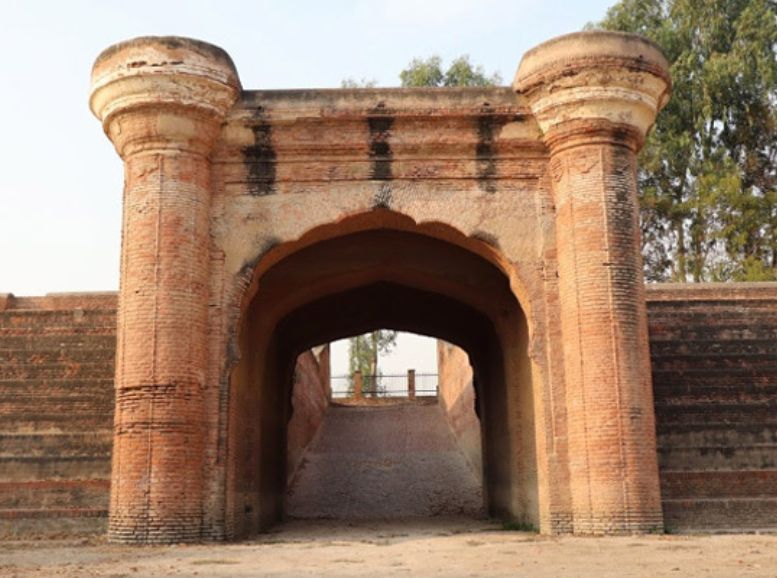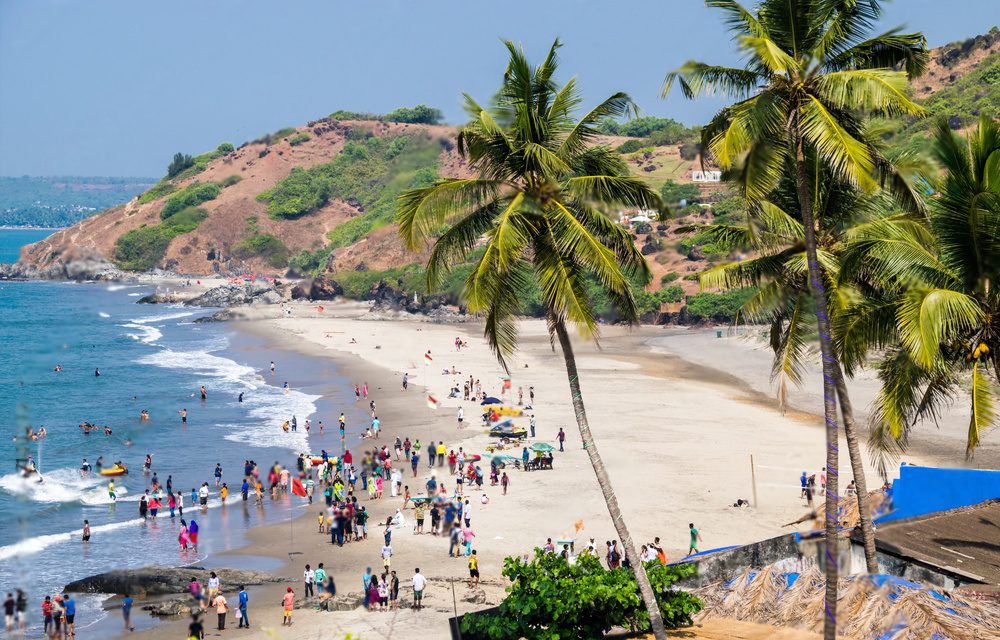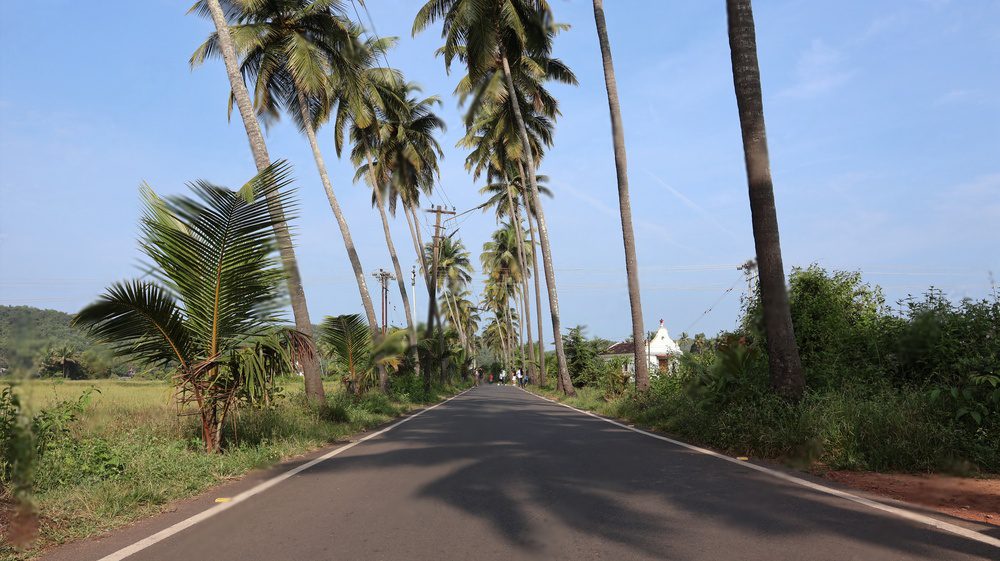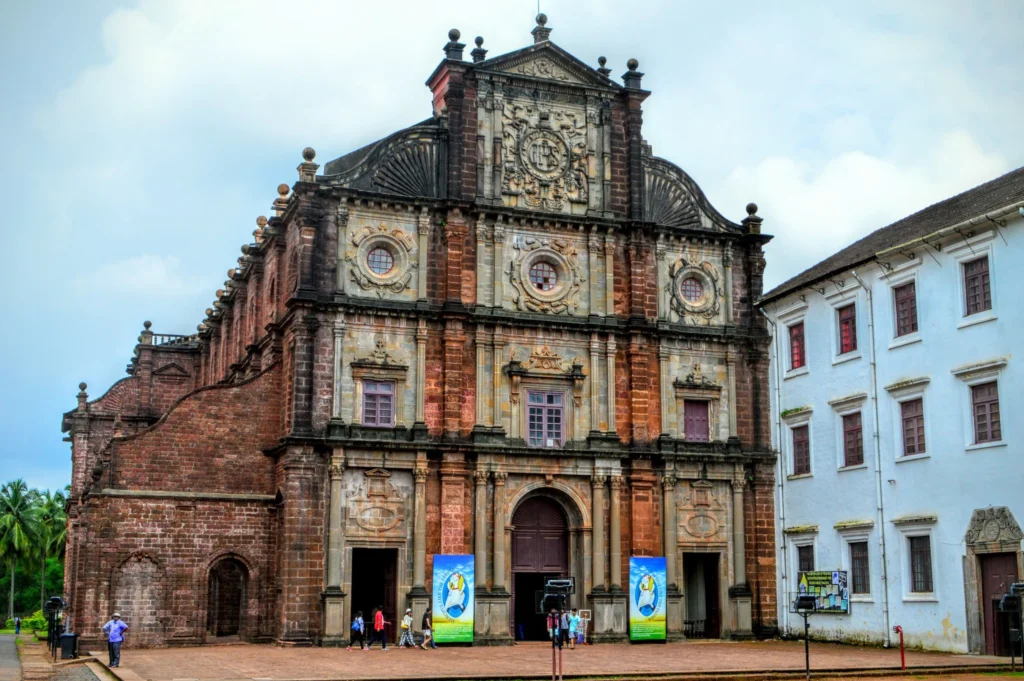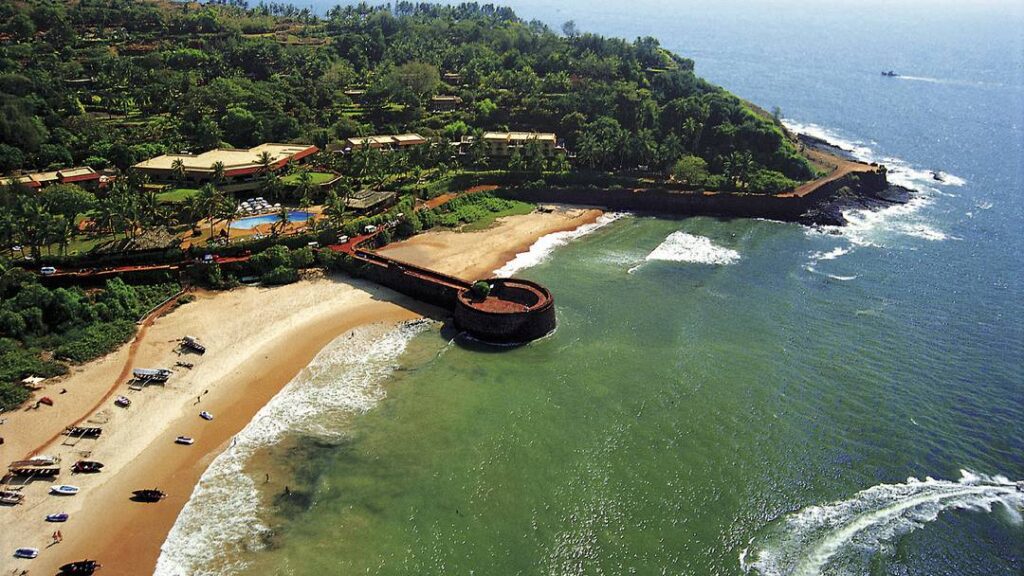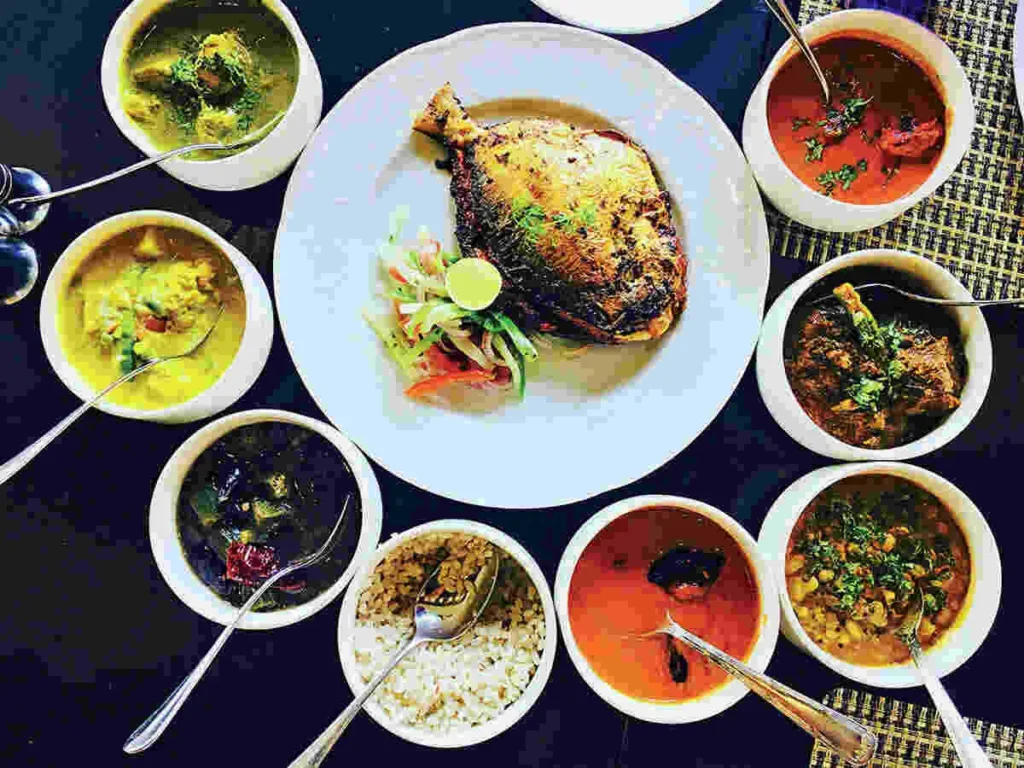Pul Kanjri:Off the beaten path in Punjab lies Pul Kanjri, a village cloaked in rustic beauty and timeless tales. This hidden gem, often overshadowed by its grander counterparts, cradles a wealth of heritage waiting to be discovered. Join us as we embark on a journey to unravel Pul Kanjri’s enigmatic charm, delving into its historical significance, cultural treasures, and the captivating narratives that have woven its tapestry over the centuries.
Stepping into Pul Kanjri is akin to stepping back in time. Intricately carved arches and the tranquil waters of the sarovar (holy pond) whisper of bygone eras, where folklore and legend intertwine with history. Pul Kanjri stands not just as a village, but as a testament to Punjab’s vibrant past and enduring spirit. Prepare to be surprised by the captivating stories this lesser-known gem has to offer.
how to reach:
By Road
Pul Kanjri is conveniently accessible by road from major cities and towns in Punjab. If you’re traveling by car or taxi, you can take the G.T. Road (Grand Trunk Road) and follow the directions to Pul Kanjri.
- From Amritsar: Pul Kanjri is approximately 25 kilometers (15.5 miles) southeast of Amritsar. You can drive via NH3 and NH54, and the journey takes about 45 minutes to an hour, depending on traffic conditions.
By Rail
The nearest railway station to Pul Kanjri is the Amritsar Junction Railway Station. From there, you can hire a taxi or auto-rickshaw to reach Pul Kanjri. The distance between Amritsar Junction and Pul Kanjri is approximately 25 kilometers (15.5 miles), and the journey takes about 45 minutes to an hour by road.
By Air
The nearest airport is Sri Guru Ram Dass Jee International Airport in Amritsar. From the airport, you can hire a taxi or use public transportation to reach Pul Kanjri. The distance is approximately 30 kilometers (18.6 miles), and the journey takes around 1 hour by road, depending on traffic conditions.
Public Transportation
Local buses and shared taxis (called “vikrams” or “tempos”) ply between Amritsar and nearby towns. You can board a bus or shared taxi heading towards Pul Kanjri and alight at the nearest stop. From there, you can hire a cycle-rickshaw or walk to reach the site.
Best time to visit:
- Winter Wonderland (October to March): This is widely considered the ideal time to visit. Pleasant weather with temperatures ranging from 10°C to 25°C (50°F to 77°F) makes exploring both indoors and outdoors enjoyable. Winter also coincides with vibrant Punjabi festivals and events, enriching your cultural immersion.
- Spring’s Embrace (April to June): Spring paints a picturesque scene around Pul Kanjri. As the weather transitions from cool to warm, outdoor activities become comfortable. Blooming flowers add to the visual charm, making it a visually stunning time to visit. You might also encounter some cultural celebrations during this period.
- Monsoon’s Tranquility (July to September): The monsoon brings rain and increased humidity, potentially disrupting outdoor activities. However, the landscape flourishes with greenery, creating a refreshing ambiance. While outdoor activities might be limited, you can still explore the historical sites and soak in the natural beauty.
Attractions:
Unraveling the History:
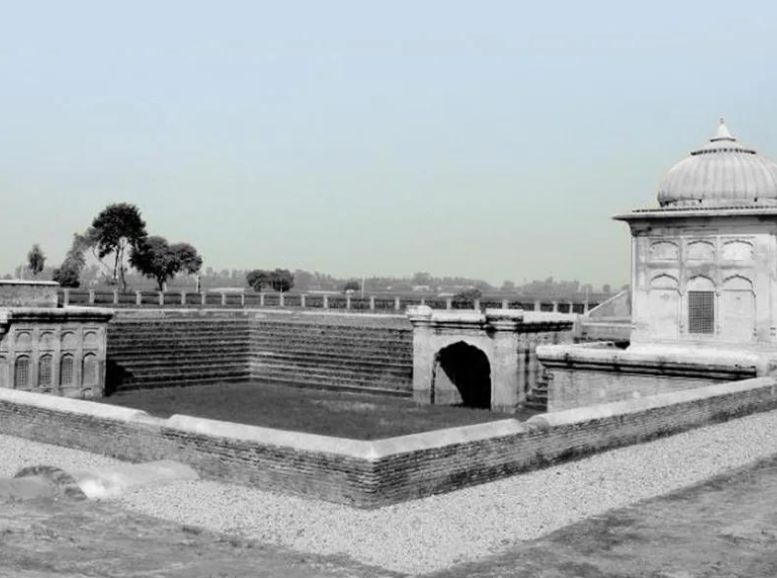

Pul Kanjri’s history boasts a unique connection to the 18th century reign of Maharaja Ranjit Singh, the illustrious Sikh emperor. Initially constructed as a ‘sarai’ – a rest house for travelers – Pul Kanjri later rose to historical prominence due to a remarkable event involving a courageous woman named Moran. Her unwavering spirit and devotion left an indelible mark on this site. Today, Pul Kanjri stands not only as a historical landmark, but also as a testament to Moran’s bravery and the enduring spirit of the Punjabi people.
Architectural Marvels:
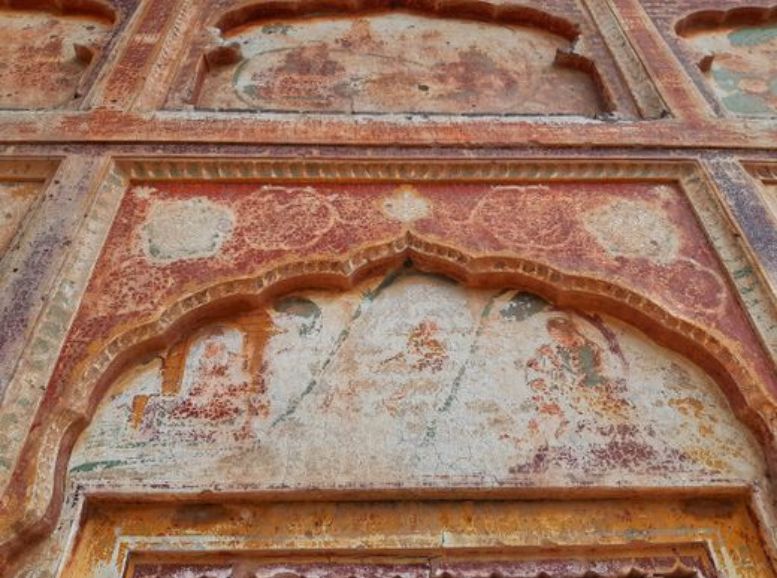

Stepping into the embrace of this place, one is immediately struck by its architectural grandeur. Intricate carvings adorn the structures, while elegant arches frame captivating vistas. A serene sarovar (holy pond) reflects the tranquility of the surroundings. The namesake pul (bridge) stands tall, a symbol of both physical and historical connection. It bridges the gap between past and present, beckoning you to explore the rich tapestry woven within its walls. Every architectural detail whispers tales of craftsmanship and artistic finesse, a testament to the enduring legacy of Punjab’s architectural traditions.
Cultural Treasures: Pul Kanjri
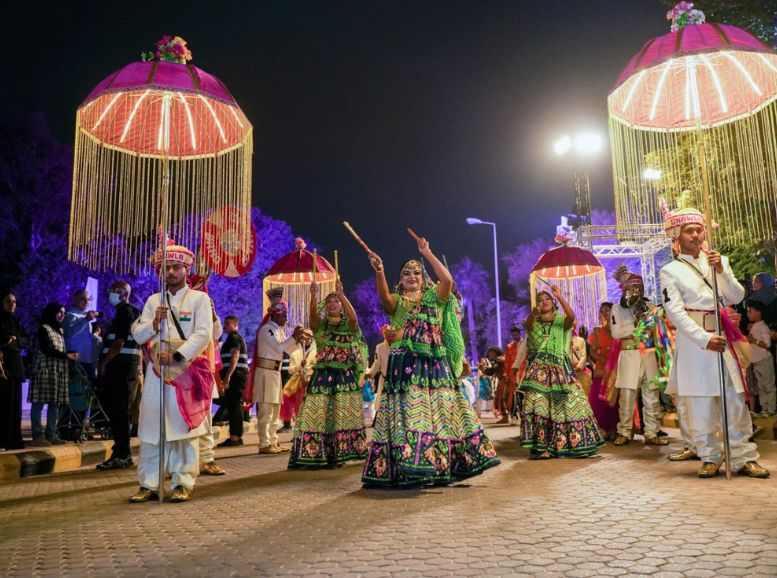

Pul Kanjri transcends its historical significance, transforming into a vibrant tapestry of Punjabi culture. Here, visitors can delve into a treasure trove of cultural artifacts, traditions, and rituals. Immerse yourself in the electrifying energy of Punjabi folk music, dance performances, and local artistry. The site’s serene atmosphere and natural beauty provide the perfect stage for cultural celebrations, transforming Pul Kanjri into a dynamic hub of artistic expression and community gatherings.
local experiences:
- Folk Delights: Witness live folk performances like Bhangra, Giddha, and traditional music, allowing you to be swept away by the electrifying energy of Punjabi folk culture. Local artists showcase their talents, offering an authentic glimpse into Punjab’s rich heritage.
- Local Connections: Strike up conversations with the friendly residents of this place. Learn about their way of life, traditions, and customs. Engaging with the community fosters meaningful connections and provides a deeper understanding of Punjab’s cultural fabric.
- Culinary Journey: Indulge in a culinary adventure by savoring local cuisine at nearby eateries. From hearty Punjabi dishes like makki di roti and sarson da saag to mouthwatering sweets like jalebi and gajar ka halwa, the flavors will tantalize your taste buds and leave you wanting more.
- Spiritual Sojourn: Explore the spiritual side of Punjab by visiting nearby gurdwaras, sacred sites where you can pay your respects. Participate in langar (community kitchen) and experience the warmth of Sikh hospitality. Immerse yourself in the religious significance of these holy places.
- Shopping for Treasures: Browse local markets and shops to discover exquisite handicrafts, textiles, and artifacts unique to Punjab. Find intricately embroidered Phulkari fabrics, colorful Punjabi juttis (footwear), and more – perfect souvenirs while supporting local artisans.
- Nature’s Embrace: Take a break and immerse yourself in the natural beauty surrounding Pul Kanjri. Enjoy leisurely walks along tranquil pathways, explore lush green fields, serene water bodies, and scenic vistas, offering a refreshing escape from the city’s bustle.
- Hands-on Learning: Participate in workshops conducted by local artisans and craftsmen. Learn traditional skills such as pottery-making, weaving, and folk art. Gain hands-on experience and a deeper appreciation for the age-old techniques passed down through generations in Punjab.
- Capture Memories: Embark on photography expeditions to capture the essence. From stunning architectural details to candid moments of everyday life, the region offers a treasure trove of opportunities to hone your photographic skills and create timeless memories.
Travel tips:
- Plan Ahead: Research Pul Kanjri’s opening hours, any entry fees, and special events or festivals happening during your visit.
- Dress Respectfully: While there’s no strict dress code, opt for modest attire, especially when visiting religious sites or attending cultural events.
- Hydration is Key: Carry a refillable water bottle to stay hydrated, especially during hot weather.
- Respectful Exploration: Familiarize yourself with local customs. Remove shoes before entering religious sites and cover your head if required.
- Be a Mindful Photographer: Respect photography guidelines, especially in religious or cultural areas. Always ask permission before photographing individuals.
- Weather Watch: Check the forecast and pack accordingly. Sunscreen, a hat, and sunglasses are your allies in sunny weather, while a light jacket might be needed for cooler evenings.
- Cash on Hand: While digital payments are gaining traction, carry cash for smaller purchases, donations, and tips.
- Safety First: Be cautious of your belongings and surroundings, especially in crowded areas.
- Embrace Nature: If exploring outdoors, follow Leave No Trace principles. Dispose of waste properly and minimize your impact on the environment.
- A Touch of Punjabi: Learn a few basic Punjabi phrases or greetings. It’s a small gesture that shows respect for the local culture and language.
conclusion
Bidding farewell to Pul Kanjri, we’re mesmerized by its history, vibrant culture, and warm people. This hidden gem, often overshadowed, unfolds its rich tapestry – from the iconic pul to the serene sarovar. Pul Kanjri is a place where time slows, traditions endure, and the Punjabi spirit shines bright. Our exploration ignited a passion for discovery. Pul Kanjri’s magic will continue to inspire, its legacy a beacon for travelers seeking beauty and truth. Xplro.com can help plan your Punjab adventure!
FAQ
- What is Pul Kanjri?
- Pul Kanjri is a historically significant site situated in Punjab, India, renowned for its cultural heritage and architectural grandeur.
- Where is Pul Kanjri located?
- Pul Kanjri is positioned near Amritsar, a city in the state of Punjab, India, approximately 35 kilometers (22 miles) away from the city center.
- What historical importance does Pul Kanjri hold?
- Pul Kanjri’s historical prominence dates back to the era of Maharaja Ranjit Singh, serving as a vital resting place for travelers. Its significance heightened due to the remarkable tale of Moran, a woman who exhibited unparalleled courage and dedication.
- What are the key attractions at Pul Kanjri?
- Pul Kanjri boasts several attractions, including its historic bridge (‘pul’), serene pond (‘sarovar’), intricately crafted architectural features, and captivating cultural performances showcasing Punjab’s folk traditions.
- What is the legend associated with Pul Kanjri?
- This place is steeped in the legend of Moran, who earned Maharaja Ranjit Singh’s admiration by constructing a well overnight, leading to the site’s subsequent development in her honor.
- Are guided tours offered at Pul Kanjri?
- Yes, Pul Kanjri typically provides guided tours facilitated by knowledgeable local guides, offering visitors insights into its history, architecture, and cultural significance.
- Is there an admission fee for visiting Pul Kanjri?
- Pul Kanjri may impose a nominal admission fee, which can vary for domestic and international visitors. It’s advisable to confirm the current fees before planning your visit.
- What are the operating hours of Pul Kanjri?
- It generally welcomes visitors during daylight hours, though specific timings may vary depending on the season and any ongoing events or festivals.
- Is photography permitted at Pul Kanjri?
- Photography for personal use is usually permitted, though visitors should respect any designated restrictions, especially in sensitive areas.
- Is Pul Kanjri accessible to individuals with disabilities?
- This place may offer facilities to accommodate visitors with disabilities, such as wheelchair ramps and accessible pathways. It’s advisable to inquire about accessibility options beforehand.
- Are dining facilities available at Pul Kanjri?
- Basic dining facilities or nearby eateries may be available for visitors. It’s recommended to carry water and snacks, particularly during peak visiting hours.
- What other attractions can visitors explore near Pul Kanjri?
- Nearby attractions include historical landmarks, religious sites like gurdwaras, and cultural centers. Visitors can also discover the vibrant city of Amritsar and its renowned landmarks, such as the Golden Temple and Jallianwala Bagh.
